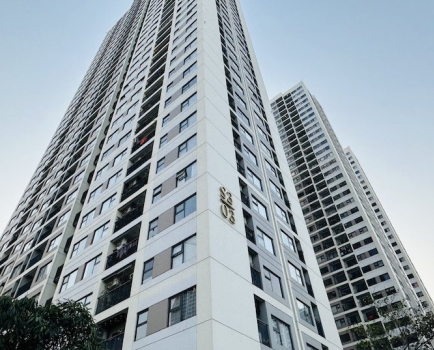Da Nang pushes ahead with e-Government building
Wed, 12 Jun 2019 15:26:00 | Print | Email Share:
The People’s Committee of the central city of Da Nang is pushing ahead with efforts to implement key tasks and solutions in building an e-government.

A corner of Da Nang city
One of the central tasks is to build and implement a plan to carry out Resolution 43-NQ/TW of the Politburo on development of Da Nang to 2030 with a vision to 2045.
Under the plan, the city defines five spearhead sectors, one of which is to develop information technology, electronics and telecommunications in combination as part of the digital economy. The plan also sets the goal of turning Da Nang into an ecological, modern and smart city. By 2030, the city is to complete the building of a smart city connected with the networks of smart cities in the country and in the Association of Southeast Asian Nations (ASEAN) region.
In particular, the city will upgrade the local e-government architecture framework to be compatible with the Vietnam e-government architecture framework (version 2.0) after the Ministry of Information and Communication approves and promulgates the framework.
Accordingly, the city will build a synchronous telecom infrastructure system along with regional and inter-regional core networks, and expand the 5G mobile service to cover the entire city and broadband connection to enterprises and households.
Other goals include upgrading the e-Government platform; completing the Local Government Service Platform (LGSP); connecting with the National Government Service Platform (NGSP) for sharing data with ministries and central agencies; and putting into operation a data service portal to provide the municipal government’s information to the public and businesses, especially information in the fields of construction, land, the environment, transport, public investment, education, health care, tax, customs and justice.
Vice Chairman of the municipal People’s Committee Le Trung Chinh said the city is resolved to reform its working style to make the people and enterprises the centre of its work, and take the public’s satisfaction as the measurement of the operation of the e-government.
In the 2019-2020 period, Da Nang will work to complete the city’s public service portal in association with applying mobile apps and digital signature on mobile gadgets. The city aims to have at least 30 percent of online public services use digital signature in administrative procedures, and have 100 percent of public services performed online at third- and fourth levels.
During 2021-2025, the city will get itself ready in terms of infrastructure and database for the full implementation of smart city and connection with ASEAN smart city network. The city will continue to promote the use of technologies of the Fourth Industrial Revolution (4IR) in enterprises and society.
To realize those goals, Da Nang will mobilize all sources of resources and develop human resources for the work, and will launch extensive communication campaigns to raise public awareness about the importance of building an e-government.
Da Nang was the first city in Vietnam to launch an e-Government system in 2014, and transferred the system to 16 cities and provinces in 2016.
According to a report, Da Nang’s e-Government system had been used by 225 agencies and 4,000 users.
Da Nang had provided 1,200 online administration procedures, including one-stop shops, residential management, public transport and water supervision through the e-Government system, while free wireless internet services offer a maximum of 20,000 connections in public places, according to the city’s information and communications department.
The city’s IT infrastructure was available for smart connections for air control, water, garbage, meteorology and energy agencies. It could also provide earthquake and tsunami warnings, and data on flooding, erosion, sewage management and food safety.
Most recently, Da Nang earned the top place in the category of centrally-run provinces and cities of the E-Government Development Index 2018, which was announced at the end of April 2019.
By: VNA/VOV
---------------------------------------------
Same category News :













